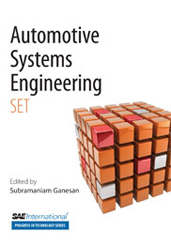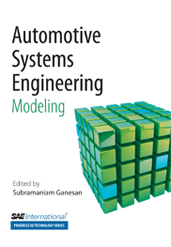Journal Article
Univariate Analysis for Condition-Based Maintenance: A Case Study
2011-04-12
2011-01-1017
In this paper, we have proposed a Condition-based Maintenance technique for vehicle tire pressure monitoring utilizing univariate statistical analysis. Statistical techniques are very powerful for predicting the future states based on current and previous states of the system or subsystem. Two important statistical techniques ARAR and Holt-Winters have been studied for their robustness to the predictions of such data set. This paper also performs comparative simulation studies to prove the usefulness of both the algorithms based on the data available from wireless sensor nodes. These sensors are directly mounted on tires externally and report the current air pressure to control unit. The control unit performs tire pressure prognosis using univariate statistical technique.



